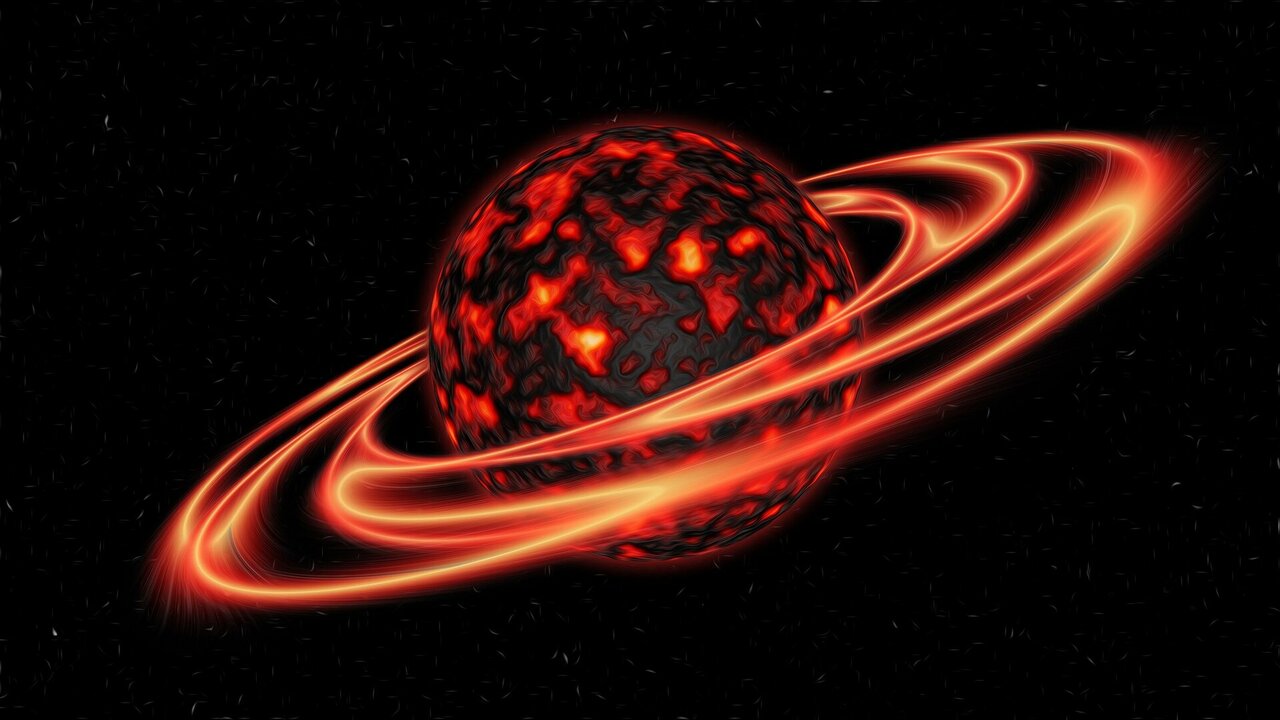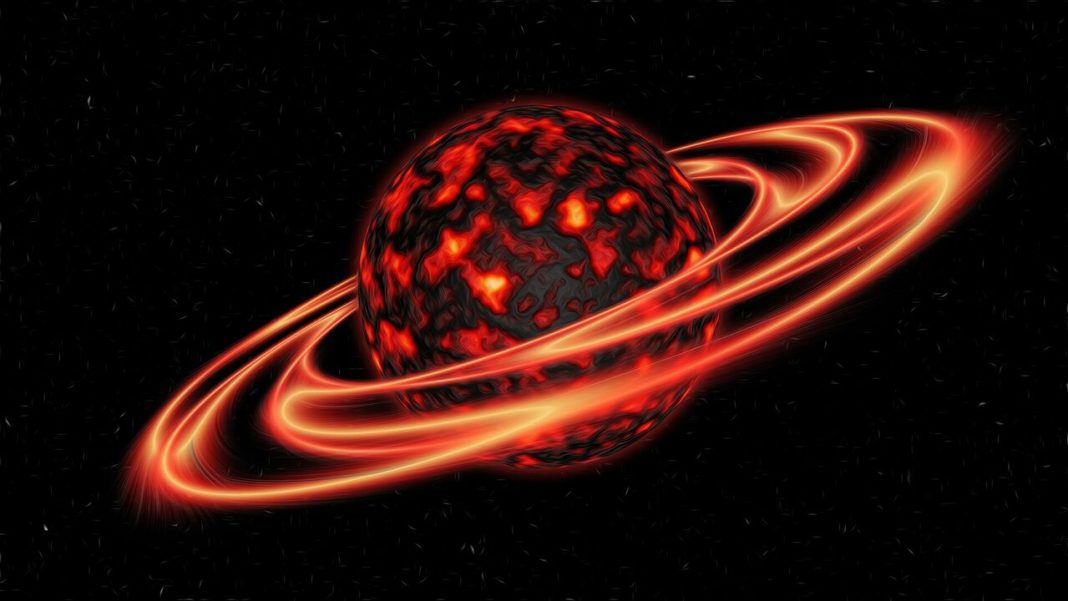 Solar Storms: Dazzling Auroras and Potential Disruptions
Solar Storms: Dazzling Auroras and Potential Disruptions
Introduction:
A series of solar flares and coronal mass ejections (CMEs) from the sun have the potential to create stunning auroras visible as far south as Alabama and Northern California. However, these solar storms also carry the risk of disrupting communications on Earth. The National Oceanic and Atmospheric Administration’s Space Weather Prediction Center has issued warnings about the extreme geomagnetic storm that is expected to affect our planet tonight and over the weekend.
Unusual Event: Severe Geomagnetic Storm
The center observed conditions of an extreme geomagnetic storm, reaching a level 5 out of 5 severity. This is the first time since October 2003 that a solar storm of this magnitude has reached Earth. During the 2003 event, power outages occurred in Sweden, and power transformers in South Africa were damaged. The last severe geomagnetic storm, or level 4, was observed in January 2005.
Solar Maximum and Intense Solar Flares
As the sun approaches the peak of its 11-year cycle, known as solar maximum, researchers have noticed increasingly intense solar flares erupting from its surface. Solar activity causes auroras, known as the northern lights and southern lights, to dance around Earth’s poles. When energized particles from coronal mass ejections interact with gases in the atmosphere, they create colorful lights in the sky.
Multiple Strong Flares and Coronal Mass Ejections
The Space Weather Prediction Center has been tracking multiple strong flares emitting from a large cluster of sunspots on the solar surface since Wednesday. This cluster is 17 times the diameter of Earth. Additionally, scientists have observed at least seven coronal mass ejections, large clouds of ionized gas called plasma and magnetic fields that erupt from the sun’s outer atmosphere. These significant outbursts are expected to continue through Sunday.
Potential Impacts: Geomagnetic Storms and Solar Radiation Storms
When coronal mass ejections are directed at Earth, they can cause geomagnetic storms, major disturbances of Earth’s magnetic field. These storms have the potential to impact infrastructure in near-Earth orbit and on Earth’s surface, including communications, the electric power grid, navigation, radio, and satellite operations. The operators of these systems have been notified by the Space Weather Prediction Center to take protective action.
Disruptions and Precautions
Geomagnetic storms can disrupt power lines, induce electrical currents, and cause voltage control problems. Power grid operators are closely monitoring the situation and taking appropriate steps to mitigate and control any developing problems. Solar storms can also cause radio blackouts and pose risks for crewed space missions. However, NASA has determined that the current solar flare activity does not pose a risk to the astronauts aboard the International Space Station.
Rare Events and Preparation
While the current solar activity is a cause for concern, severe geomagnetic storms are rare. The Space Weather Prediction Center compares preparing for these events to being prepared for a summer storm. It is advisable to keep batteries and a weather radio on hand in case of a power outage. However, no disruption to internet or cellphone service is expected, and any disruption to GPS is not anticipated to be prolonged.
Tracking Space Weather
Teams at the Space Weather Prediction Center use data from ground and space-based observatories, magnetic maps of the solar surface, and ultraviolet observations of the sun’s outer atmosphere to track space weather. Solar flares can immediately affect communications and GPS by disrupting Earth’s ionosphere. Coronal mass ejections can arrive at Earth between 30 and 72 hours later, causing geomagnetic storms that affect satellites and create electrical currents in the upper atmosphere.
Conclusion:
Solar storms have the potential to create mesmerizing auroras while also posing risks to our technology-dependent society. As we witness increased solar activity during the sun’s peak in its 11-year cycle, it is crucial to monitor and prepare for potential disruptions caused by geomagnetic storms. By staying informed and taking appropriate precautions, we can minimize the impact of these rare and powerful events.


